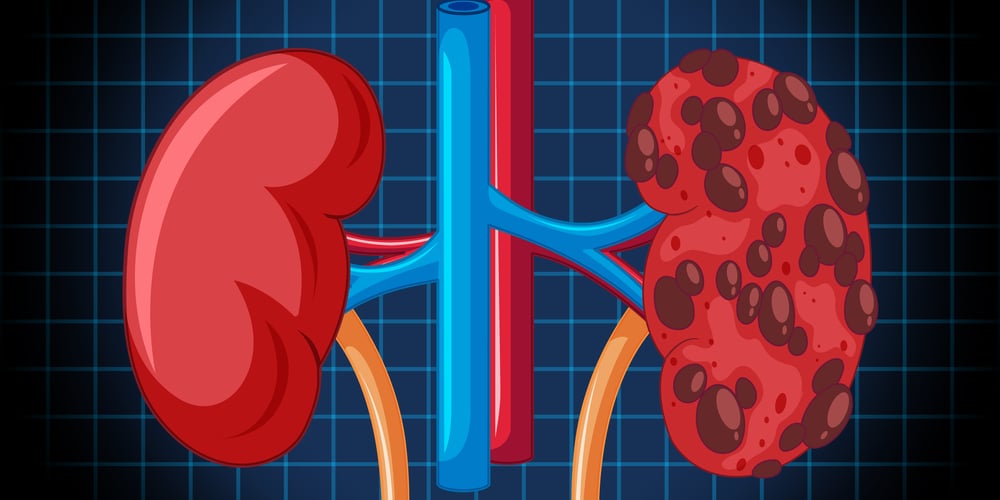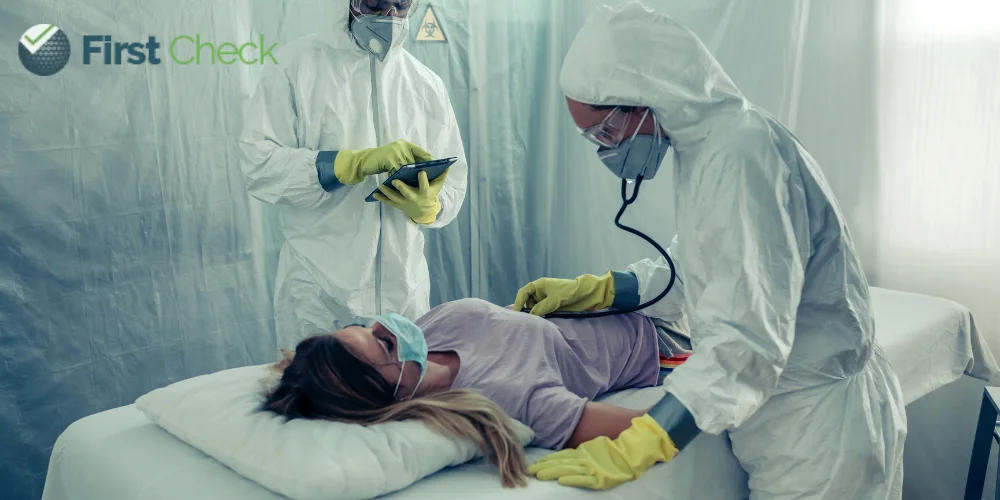Latest
Book review : Lady Doctors is an inspiring read
Author
Author
- admin / 3 years

- 0
- 4 min read

Author
From fighting societal norms to improving access to healthcare and innovations in medicine, the ground-breaking work of women in medicine deserves more credit.
If the odds are stacked against you, the world seems unfair, or reality too bleak, Lady Doctors by Kavitha Rao is the dose of inspiration I strongly recommend. Published in 2021 by Westland Books, the 270-page, non-fiction book recounts the untold stories of India’s first women in medicine from the 1860s to the 1930s.
While the book primarily focuses on six pioneers – Anandibai Joshi, Kadambini Ganguly, Rukhmabai, Haimabati Sen, Muthulakshmi Reddy and Mary Poonen Lukose – there’s a treasure trove of thought-provoking facts about medical education in the early days, colonial history, gender dynamics, and socio-economic realities. While some of us may be familiar with these names, their long-forgotten lives make for a compelling read.
Kavitha effortlessly takes us back in time to a world that did not believe women could be capable doctors. Even Florence Nightingale, the legendary British nurse, in a letter to philosopher John Stuart Mill was critical of the early women doctors. She scathingly wrote that women doctors “have tried to be men, and only succeeded in being third rate men”.
It wasn’t an easy journey for these pioneers in medicine. Dr Elizabeth Blackwell, British by birth and the first woman in the United States to earn a medical degree, was the “first woman medical graduate in the modern meaning of the term” according to The Lancet.
Kavitha paints an astonishing account of women dressed as men, moving to foreign countries, and battling stubborn systems to get a toehold in a profession that was reserved for the men. Sexist societal attitudes were the biggest hurdle. Dr Kadambini Ganguly, India’s first practising doctor and mother of eight, was called a “whore” by a reputed Bengali newspaper. “The maintenance of female virtue is incompatible with their liberty,” argued a popular magazine.
Even as more women continued to pursue medicine, the challenges were far from over. In 1938, Dr Mary Poonen Lukose, a gynaecologist and obstetrician, became the first female surgeon general in India. And perhaps in the world, notes Kavitha. “The first American woman surgeon general, Dr Antonia Novello, was appointed a full fifty-two years later, in 1990,” writes the author, whose meticulous research shines light on the unique journeys of these inspiring women.
Dr Mary is credited with building Kerala’s robust public healthcare system that has received much admiration for efficiently tackling public health crises like the COVID-19 pandemic. She was not afraid of calling out the unscientific narratives of homoeopathic practitioners (who had powerful socio-political backing) and aggressive anti-vaxxers.
Dr Muthulakhmi Reddy, the founder of the Adyar Cancer Institute in Chennai, did some pioneering work in medical oncology, building knowledge from the ground up. The not-for-profit institute was the first to install a paediatric oncology unit, the motto of which was ‘They shall always have a tomorrow’.
From fighting societal norms to improving access to healthcare and innovations in medicine, the ground-breaking work of women in medicine deserves more credit. At a time when Indian women were reluctant to consult male doctors and often died early, painful deaths that could have been prevented, the women doctors became saviours.
“The pregnant woman was made to sleep on dirty grass inside a cow pen. It was only through the grace of God that I was able to deliver babies in such dirty and unhygienic conditions,” wrote Rukhmabai, who as Kavitha puts it, was “the first Hindu woman to do the unthinkable: leave her husband and seek a divorce”.
The book addresses multiple pertinent issues with nuance and insight. For me, the biggest takeaway was the indomitable spirit of these lady doctors – they walked the talk, in their own extraordinary ways. If that’s not inspiring, what is?










